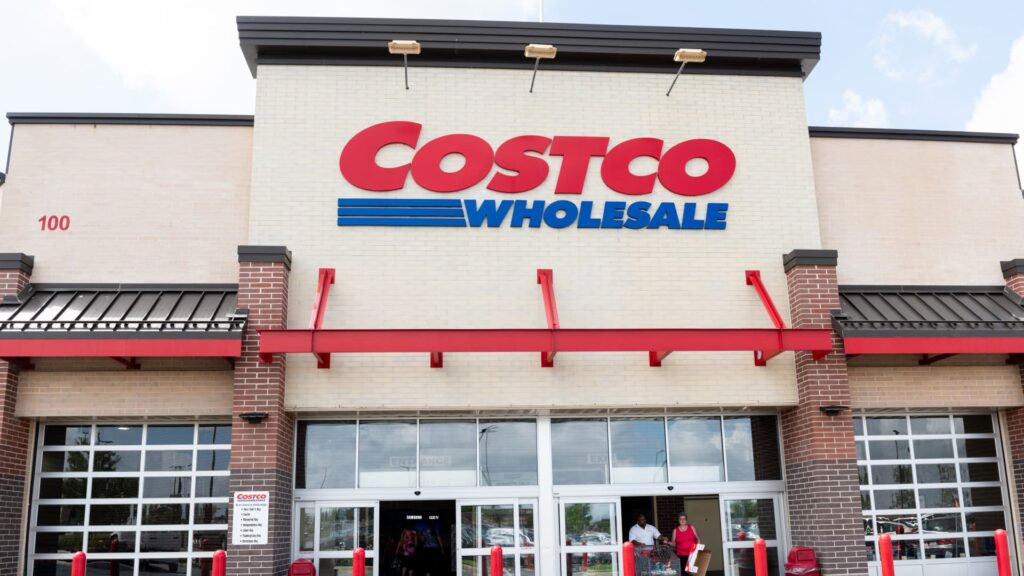From its $4.99 rotisserie chickens to its $1.50 hot dog combos, Costco has been a longtime favorite of price-conscious shoppers.
Amid rising food prices, inflation-pinched consumers are looking to make their money stretch further, much to Costco’s advantage. The wholesaler ended the fiscal second quarter of 2023 with 123 million cardholders, up about 7% compared to a year ago, Richard Galanti, Costco’s chief financial officer, said during the March 2 earnings call.
The retailer reported revenue of $55.27 billion for its fiscal second-quarter of 2023, missing analysts’ prediction of $55.54 billion, according to Refinitiv consensus estimates. However, the company reported earnings per share (EPS) of $3.30, which surpassed the $3.21 analysts expected.
While the retailer isn’t planning to raise its annual membership fees for now, shoppers may need to prepare to pay a bit more for membership in the future. When asked about a potential fee hike, Galanti said “it’s a question of when, not if.”
It’s been nearly six years since Costco increased its membership fees. In June 2017, Costco raised the price of its Standard Gold Star membership from $55 to $60, and increased the price of its Executive membership from $110 to $120.
As of 2022, Costco is the third-largest retailer in the U.S. by sales revenue, according to the National Retail Federation’s “Top 100 Retailers 2022 List.”
What this means for investors
Costco posted its fiscal second-quarter results after the bell on March 2. The following day, shares declined slightly by 2.15% and ended the session trading at $475.26 per share.
Here’s how much money you’d have as of March 3 if you had invested $1,000 into the company one, five and 10 years ago.
If you had invested $1,000 into Costco a year ago, your investment would be worth about $898 as of March 3, according to CNBC’s calculations.
If you had invested $1,000 into Costco five years ago, your investment would have more than doubled to $2,639 as of March 3, according to…
Read the full article here





